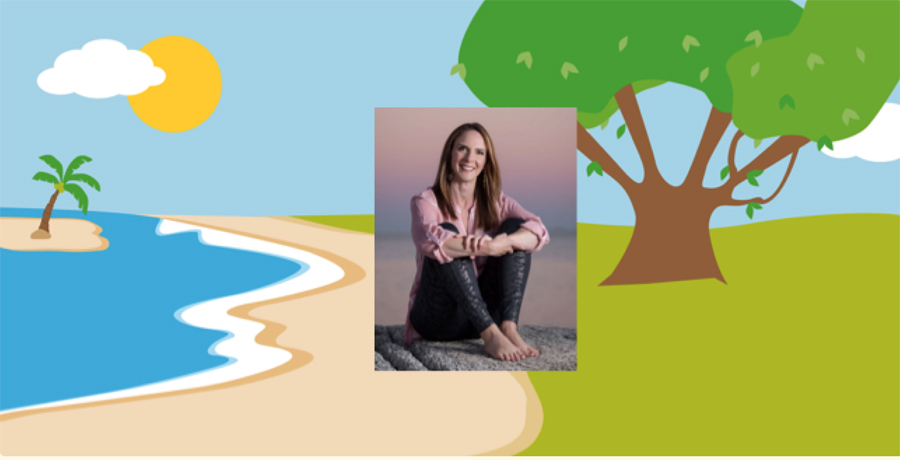Today I got to speak with Ms. Jenny Kierstead, founder of Yoga in Schools, which is a public school program in Canada. Check them out at this site, and consider signing up for the teacher training: http://www.yogainschools.ca/yoga-high-school
Please tell us a little about yourself, what drew you to mindful education, and the Yoga in Schools mission.
My husband and I are both educators and I left teaching to study yoga in India. When I came back to Canada I saw an opportunity to share these life skills with children and aligned myself with change-makers within the Department of Education here in Nova Scotia. As a result, I was hired to write the public school program, Yoga Grade 11 and from there continued on to write Yoga for Autism, Yoga for Special Needs, Posters 1 and 2 with Thompson Education Publishing, and Mindfulness in the classroom. My latest program is Girl on Fire Empowerment Program for young women.
You are the Yoga coach for Canadian Olympic athletes. That’s really cool. What’s it like working with the athletes? Many professional athletes make Yoga or meditation a part of their daily routine. Why is it so important for athletes to commit to a Yogic-minded practice?
Mindfulness is important for letting go of athletic performances, both successes and disappointments. Mindfulness teaches us to step into each activity with a fresh outlook and a beginners mind, and athletes need to refresh and start new in very rapid succession. The yoga component is essential for injury prevention and staying in sport as long as possible, and enhancing performance with both strength and flexibility.
You have wonderful programs including Yoga for Autism and Yoga for Special Needs. If you had to pick one mental or physical exercise for special needs or autistic kids to do in elementary school, middle school, and high school, to help positively shape their future behavior and health, what would it be?
One of the biggest revelations in the education field today is the concept of interoception, the ability to inwardly perceive one’s bodily messages, and yoga and mindfulness help children with special needs to tune in, listen and understand themselves better. I would say an easy posture that helps with emotional regulation and stress management is the simple child’s pose, resting forehead on hands to calm the nervous system so they can respond logically instead of spin out into panic. This posture can also be done at their desk, by bowing their heads, resting their forehead on their hands to soothe the vagus nerve.
How do you suggest we scale up and get programs about Yoga, meditation, and mindfulness into every school in the country?
First we need to get administrators subscribing to this approach, which we do with evidence-based research. Then we need to train the educators to deliver the tools and programs effectively. Most schools in Atlantic Canada are offering mindfulness and yoga programs and teachers are noticing a significant improvement in theirs school’s climate, where everyone is practicing and supporting one another in becoming more self aware, kind and calm.
What advice do you have for teachers, administrators, healthcare practitioners, and parents as it relates to Yoga and mindful learning?
The 3 R’s are still important but with so much trauma and screen use today, our children are losing their ground and living in a state that is not conducive to learning. By teaching students’ life skills first, we are taking care of their health by bringing them from a fight or flight, sleep deprived state into a calmer state where they can access their prefrontal cortex, where creative and critical thought occurs.
Thank you Ms. Jenny Kierstead for speaking with me today. I really hope that ALL schools in American have a program like this very soon! Educators, pay attention, the future of the next generation may depend on it.
For more information about Wuf Shanti: https://wufshanti.com/2018/05/about-wuf-shanti/

